Apache Pass River Crossing
Intersection of FM 908 & CR 428
APACHE PASS RIVER CROSSING
The crossing over the San Xavier River in Milam County
has been used as a passage way for centuries. Evidence
shows that the area has been inhabited by humans for at
least 10,000 years. During the eighteenth century, the
land was inhabited by numerous Native American tribes,
including the Apaches. Tribes relied heavily on the
plentiful water supply for agriculture and hunting. In
the mid-1700s the Spanish explorers saw the Apache Pass
as a practical location for the missions because of
“the fact that there were several wide valleys suitable
for irrigation…plenty of wood, a lot of stone…” even
though the Apaches made it clear they did not wish for
the missions to be built in this area, the Spanish
selected Apache Pass as the most desirable area for the
location.
The gravel bar across the river made it easily
accessible by horseback or wagon. Three missions and a
presidio were built in the area surrounding Apache Pass
and were utilized between 1746 and 1757. Because of
this, Apache Pass became a hub for Spanish explorers
and settlers. After the missions were closed, the area
continued to attract pioneers building homes on both
sides of the river because of its fertile soil and
fresh water supply. In 1913, a bridge was built across
the river and traffic transferred to it. During
restoration of the bridge, travelers were, again, using
the gravel bar to traverse the river. In 2004, the
United States Congress authorized the designation of a
Historic Trail in Texas. El Camino Real de los Tejas
National Historic trail was recognized and the Apache
Pass River Crossing became a part of it as well as the
National Register of Historic Places.
2012)
Marker is property of the State of Texas





Milam County Historical Commission
Milam County, Texas
Milam County, Texas


Honoring the past That’s what Saturday was all about as Texas
Historical Commission markers were dedicated at Apache Pass
and Sugarloaf Mountain. At left, Joe “Two Feathers” Ochoa, who
has Apache blood, was one of three Native American reenactors
on hand as Apaches “returned” to Apache Pass for the day.
Below: Joe Ochoa and Ray Ochoa showed how Apaches dressed and
lived.
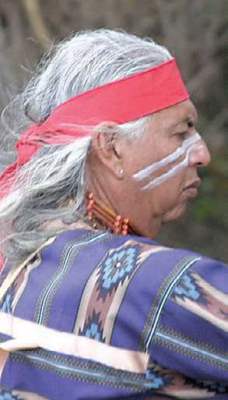
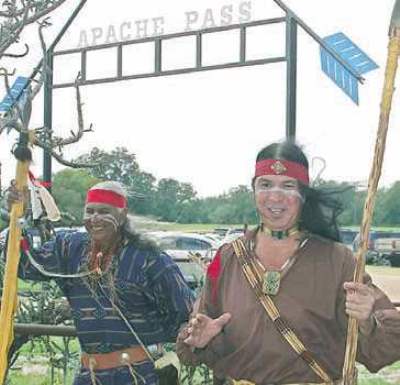
Below Left:
Joy Graham presented
gifts to brothers
Jason and Lanny
Worley, representing
Worley families,
owners of Apache Pass.
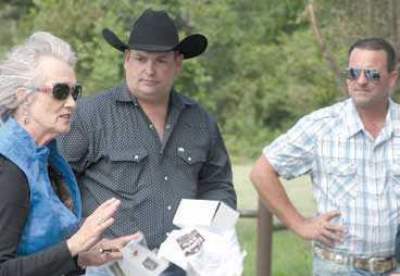
Below: Ochoas, joined by John Oranday,
made presentation of Native American
life before marker was unveiled.
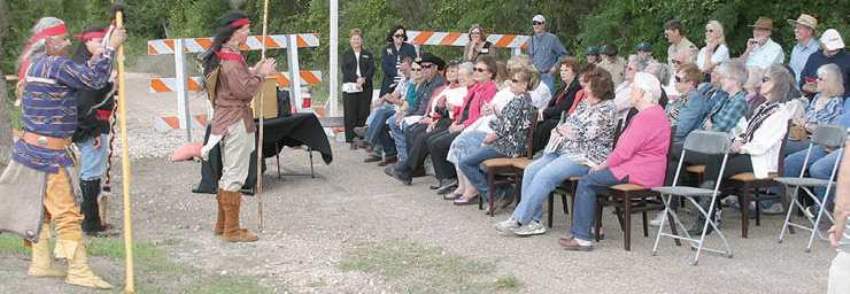
All above Photos by Mike Brown - Rockdale Reporter
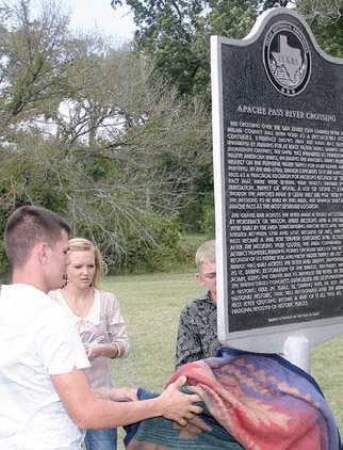
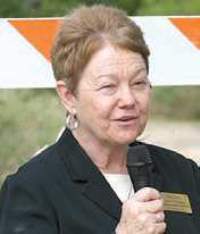
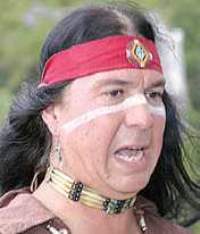
Left:
Worley grandchildren,
Raymond, Makenlee and
Bradley Worley
unveiled marker.
Right - Top:
Geri Burnett, past
chair of the Milam
County Historical
Commission, presided
at the Apache Pass
dedication ceremony
Right - Bottom:
Ray “Running Hawk”
Ochoa said Apaches
lived off the land,
ranged throughout
Central Texas area.
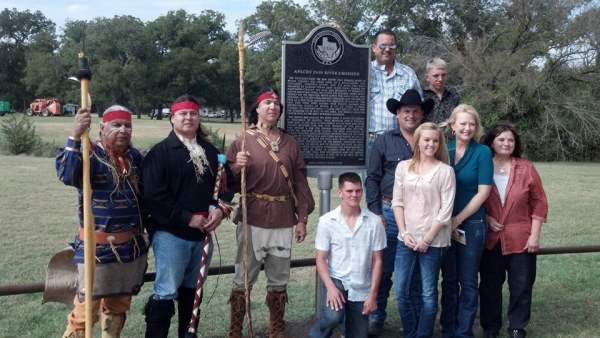
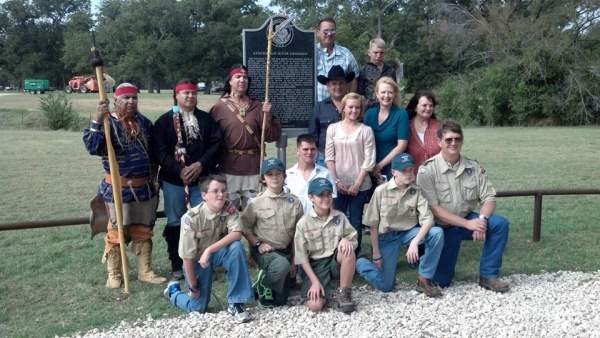
Photos by Geri Burnett
Marking History at the Pass, Mountain
Texas Historical Commission markers at Apache Pass, and Sugarloaf Mountain near Gause,
were unveiled in well-attended ceremonies organized by the Milam County Historical
Commission.
Both sites are key “places of interest” on the El Camino Real (ECR) National Historic
Trail.
HISTORY - Apache Pass is just that, a pass (crossing) over the San Gabriel River, used
to ford the stream for centuries. Sugarloaf also has a Native American past. It was
near the site of a large Native American village known as the Rancheria Grande and was
an important landmark for settlers who came streaming into the area that would later be
known as Milam County.
Rockdale Reporter - October 31, 2013